Political Practices of (post) Yugoslav Art
The project Political Practices of (post-) Yugoslav Art is a collaborative project by:
• Prelom Kolektiv (Belgrade)
• kuda.org (Novi Sad)
• WHW (Zagreb)
• SCCA/pro.ba (Sarajevo)
The project has been concieved as a long-term process in which four independent cultural organization collaborated in multidisciplinary researching, mapping and analyzing of the historical, socio-political and economic conditions that led to current constellation of art practices or intellectual and cultural production in post-Socialist space of „Southeast Europe“ or, more preciselly, of „Western Balkans“, eg. former Yugoslavia, focusing on relationships of visual arts, cinema and intellectual production in the Yugoslav cultural space. The organizations share the attitude towards culture as a productive process rather than the representative product, and emphasize the cultural policies aspect of all their activities.
The project was constructed in a manner to include the partaking of all interested contributors from the cultural field in the region, promoting by that inter- and trans-regional artistic and intellectual exchange and joint activities in ex-Yugoslav countries.
The project started in June 2006 as the result of a joint decision to develop further, intensify and expand our previous collaborations. The initial framework was set, and the first phase of research started resulting in a number of “case-studies” presented from the end of 2006 and throughout 2007 and 2008 in different cities of the region in the form of exhibitions, publications, panel discussions, screenings and debates: The Continuous Art Class (Novi Sad, Zagreb, Belgrade), The Case of Students’ Cultural Centre in the 1970s (Belgrade), TV Gallery (Zagreb, Novi Sad, Sarajevo, Belgrade), Vojin Bakic (Zagreb), On the Black Wave in YU Cinema (Belgrade)…
This cluster of case-study researches unfolds around the notions of ‘official’ and ‘marginal’ culture inside of the Socialist state, political strategies in the field of culture and self-organization.
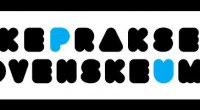 29. 11. 2009
29. 11. 2009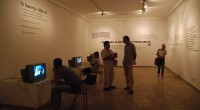 07. 08. 2008
07. 08. 2008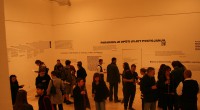 23. 05. 2008
23. 05. 2008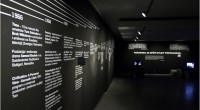 01. 04. 2008
01. 04. 2008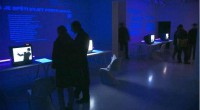 06. 12. 2007
06. 12. 2007